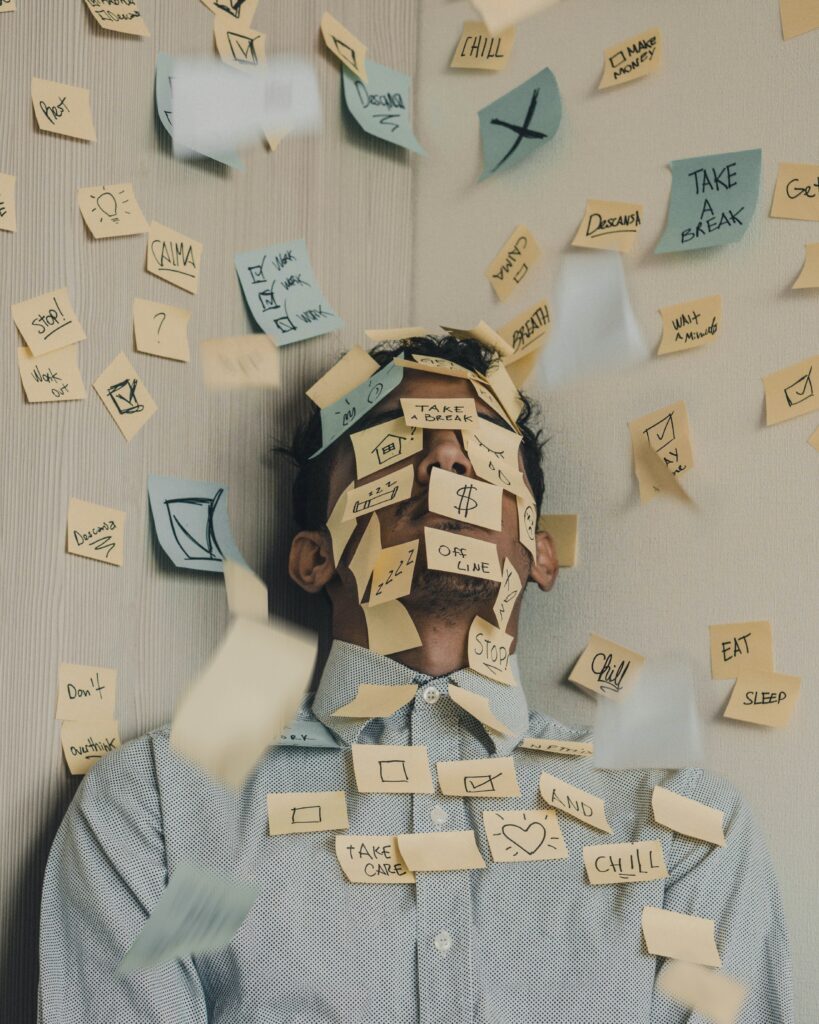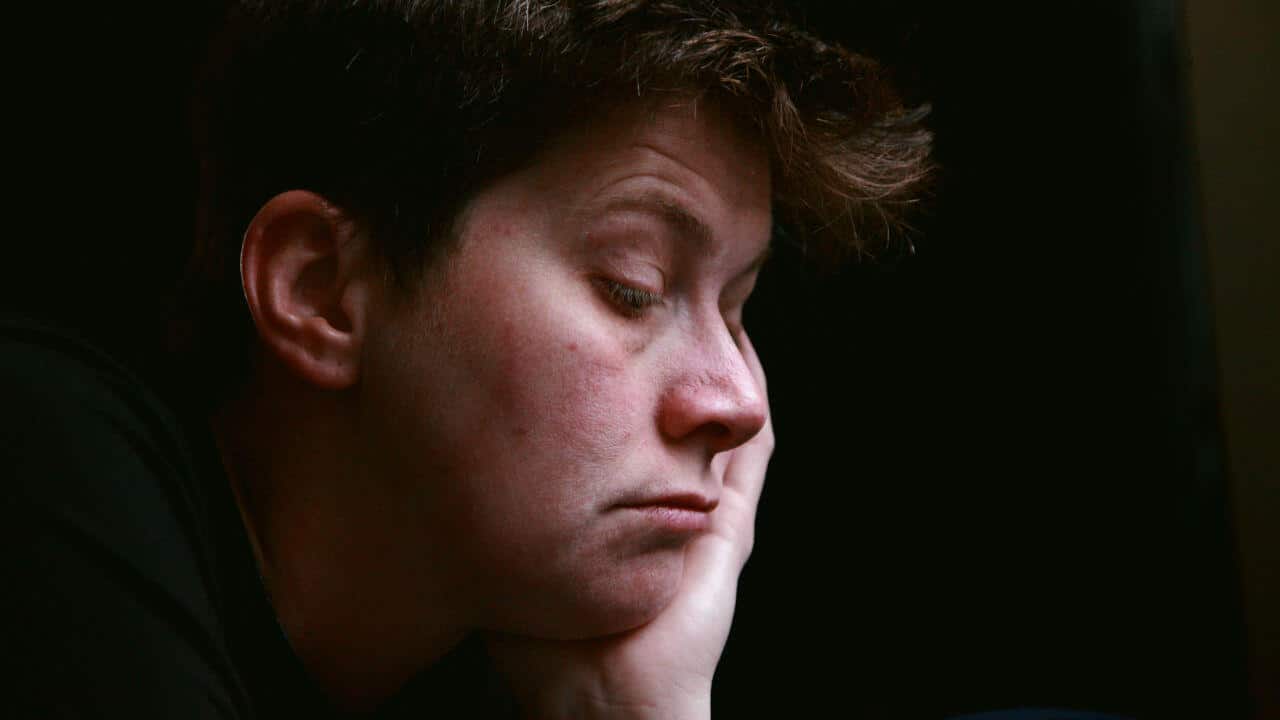Many people find the idea of going to the courtroom very depressing. This is because of the fear of attorneys who have the superpower to make everyone fall asleep immediately after talking. If the spectators won’t listen, how do you then capture the jury’s attention? Little wonder did Mark Warren Bennett, a United States District Judge, make a vocal observation in a 2013 publication in The Review of Litigation Journal that the cure to insomnia can be gotten by just walking into a courtroom.
He stated that this cure that can make you rich is “the sounds of lawyers droning on and on with their technical arguments, their redundant questioning of reluctant witnesses, the subtle points which are relevant only to them.” It must be noted that one of the traits Judge Bennet highlighted as a must-have to an attorney is the art of storytelling.

In an article by American bar titled, Lawyers, Liars, and the Art of Storytelling, it was stated that “the practice of law is the business of persuasion, and storytelling is the most effective means of persuading. A credible attorney capable of telling a well-reasoned story that moves the listener will always beat the attorney who cannot.” Storytelling is one of the extraordinary qualities that can help you kick boredom out of your presentation as an attorney. Stories are persuasive, captivating, and effective in the courtroom. However, not everyone can tell a compelling story, and a story by word of mouth may not be as effective in some situations. This is where courtroom animations come to the rescue.
Animations are a great way of telling good stories. It has helped in many ways to capture the attention of the court and the jury during court presentations. Therefore, if you do not know how to tell a good story as an attorney, or your good story can’t be enough for what is on the ground, then courtroom animation is your best bet.
Many attorneys try to sound smart by going on and on about technical terms that relate to the case. They do not realize that while they are trying to prove mastery, they have lost half the jury. When discussing complex terms and techniques related to a case, you need animations to pass your message across properly. This is because demonstrative evidence is much better in passing technical information than auditory evidence.
In an article by Leesfield titled Effective Use of Demonstrative Evidence, the advantage that an attorney with the knowledge of demonstrative evidence has was discussed. It was stated that “the courtroom by its very nature tends to be a bland and sterile environment. It doesn’t take long for the average juror to grow restless and bored. Jurors suffer from shortened attention spans.” However, with the effective use of demonstrative evidence like animation, you would have the jury hooked till the end.
Courtroom animation provides a comprehensive solution to this problem faced by 21st-century attorneys. In an article by Subscript Law, it was opined that using courtroom animations offers a whole range of different benefits, which includes; helping the attorney convey the facts of a case to a jury, providing engaging data to the jury, making information easier to comprehend, making microscopic evidence sharable, and giving the attorney a light of preparedness and professionalism.
Hence, 21st-century attorneys should shift to using courtroom animations and kill the boredom that plagues the court. Not only does it kill boredom, but it also makes your opinion clearer and explained in the simplest possible way visually.






